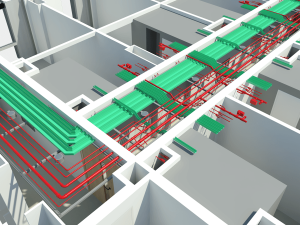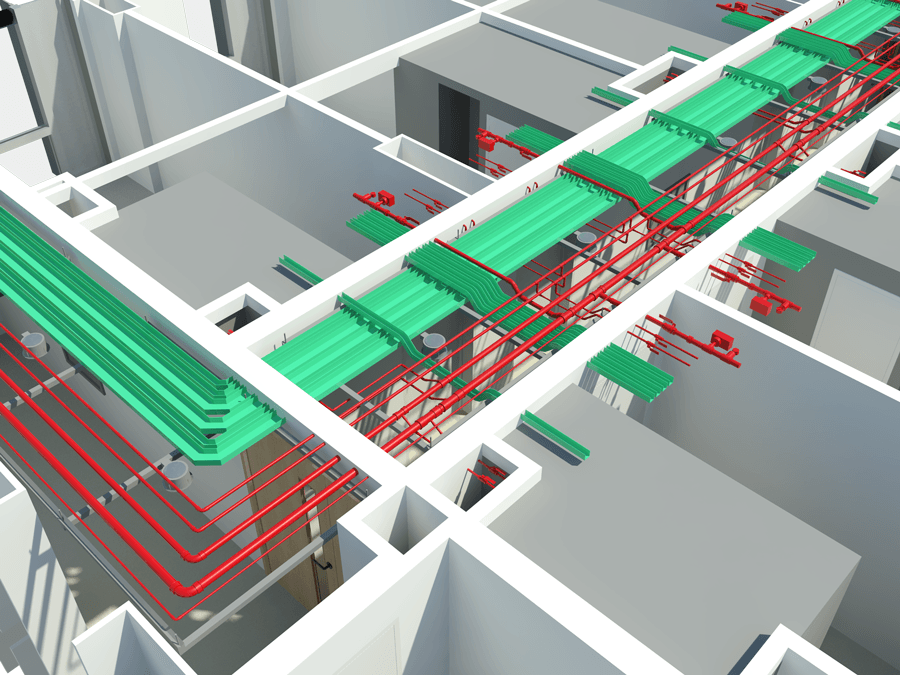Changing Technology: Augmented Reality and BIM Compliance
In the fast developing technological world that we live in today, one thing is for sure – augmented reality is here to stay. Virtual reality is no longer a concept that is being thought about for the future. It is something that many businesses are working with today, and the software and hardware related to it are developing rapidly. Among the many businesses that have embraced the use of virtual reality are many construction firms, as there is a general feeling that virtual reality and BIM go hand in hand.
Augmented reality is really changing the way that engineers are using BIM technology. BIM (Building Information Model) is a 3D model which gives everyone involved in a construction project detailed information about the functional and physical components of the structure. BIM compliance is now essential in the UK, as the UK government believes that it provides engineers with the insights and tools to design buildings more efficiently. Combining virtual reality and BIM can really help more robust designs in the following ways:

Client Satisfaction
Many studies have shown that the majority of people simply don’t understand flat architectural drawings and can’t picture how big their bedroom is going to be, or where the best place for their fireplace should be. Virtual reality allows you to give them a walk-through experience before the place is built, so they can get a real feel for the place and how it will turn out.
Design Input
Again, virtual reality allows the client to walk through the project before it is begun, so they don’t need to use their imagination as much and can explore the space as it stands and think about how it meets their needs. In a place where traffic flow is important, for example a hospital, the hospital staff can move through the area and refine the design so that it operates with the maximum efficiency. They can think about where the beds will be placed, where the bins need to be and so on. This is a much better way ensure the design is right, rather than waiting until the building is finished.
Efficiency
Although BIM has improved efficiency a lot, the integration of augmented reality takes this efficiency one step further. A structure has its own systems of cables and pipes, for example, and these can be placed in a much better way if the engineer can see how the structure will look at the end of the building process.
Cost Reduction
Virtual reality helps everyone to see each different construction case through the use of a simulated BIM model. Engineers can then analyse the work flow and correlate this with potential costs in order to schedule the activity in a way that will cost the least.
For more information about BIM compliance and how The CAD Room can help you with this, please call us on 0161 427 0348 or drop us an email to office@thecadroom.com

